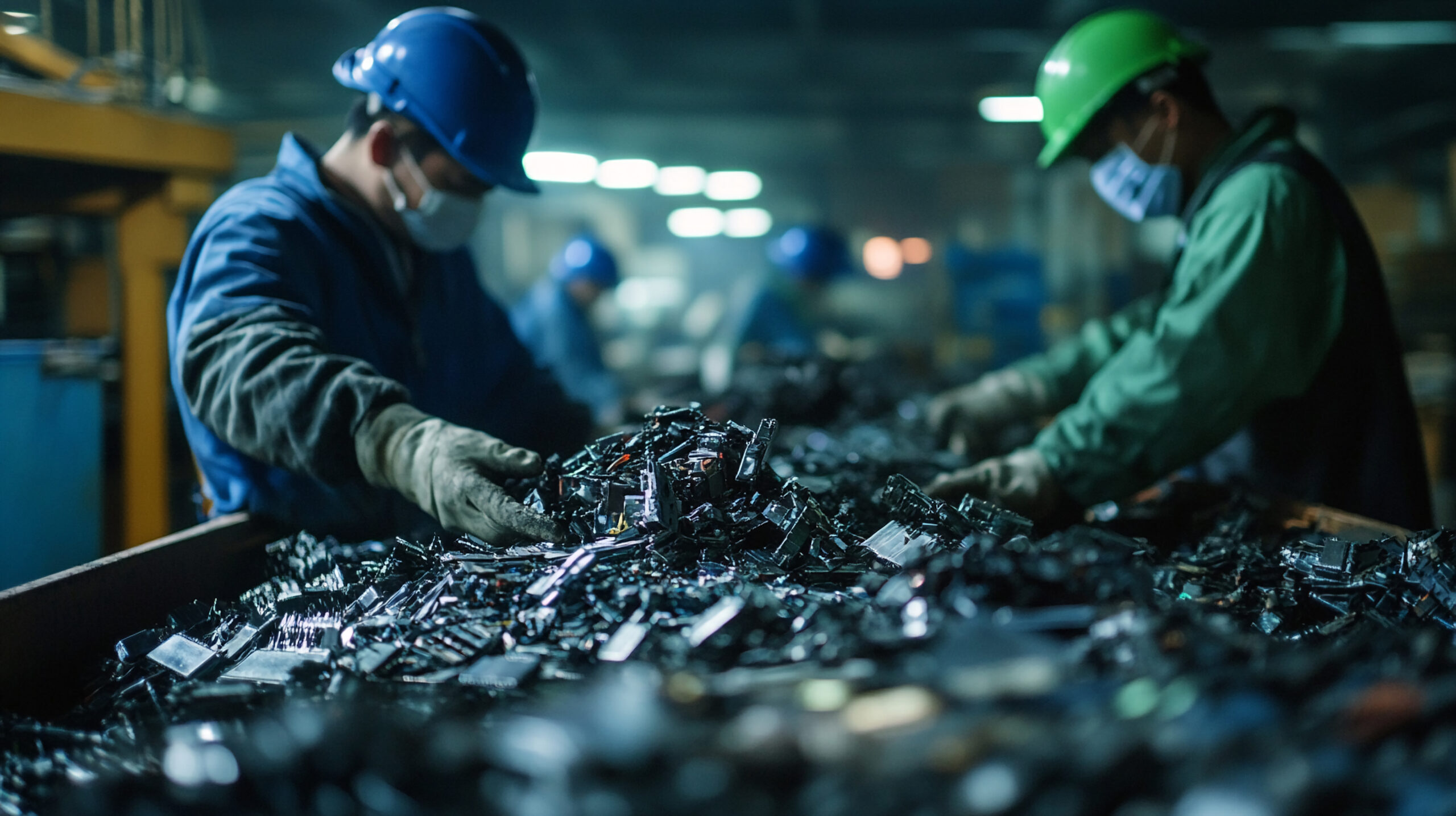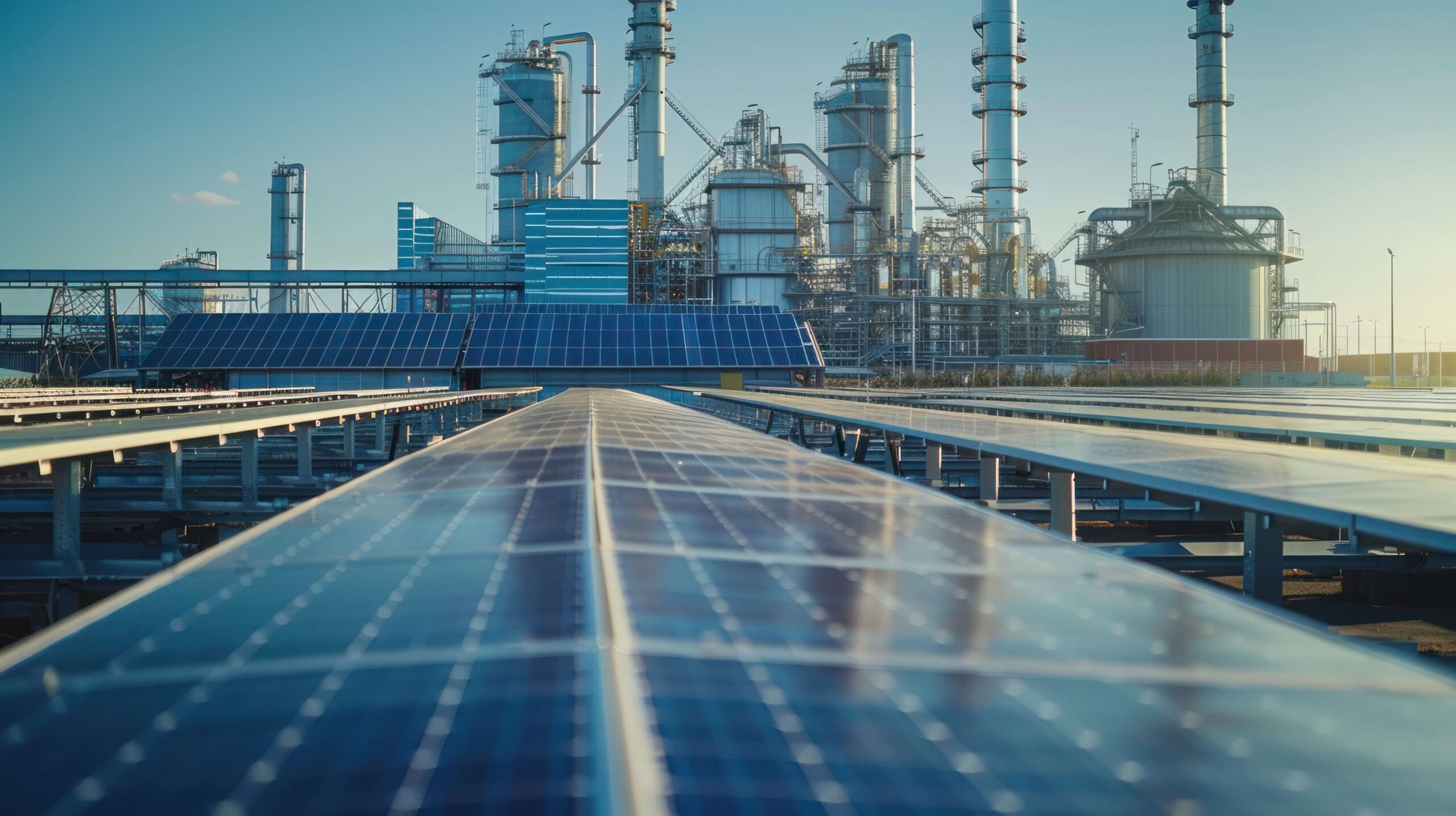The energy transition represents an unprecedented shift in how we power our world. Moving from fossil fuel-based systems to renewable energy sources is essential for combating climate change and achieving global net-zero goals. However, this ambitious transformation comes with significant challenges. From scaling infrastructure and technology to securing the resources needed to build renewable energy systems, the journey is fraught with complexity including financial hurdles, technological gaps, and policy inconsistencies threatening the pace of progress. Innovations in renewable energy and storage are vital to overcoming these obstacles while ensuring sustainable development. Simultaneously, the demand for critical minerals has surged, and continues to grow, placing pressure on mining operations to produce more resources than ever before – despite declining ore grades and growing pressure to minimize emissions – highlighting the indispensable role of mining in enabling the energy transition.
- Top challenges facing the energy transition
- Innovative solutions driving the energy transition
- Mining: the backbone of the energy transition
Top challenges facing the energy transition
The energy transition isn’t just about adopting renewables, it requires addressing systemic, global challenges that stand in the way of rapid progress including capital allocation and financing, increasing energy storage and grid integration, and bridging the workforce and skills gaps.
Achieving global net-zero goals by 2050 will require over $4 trillion annually in clean energy investments by 2030, according to the International Energy Agency. Currently, these investments are unevenly distributed, with developing economies – where energy demand is growing fastest – receiving just 15% of clean-energy investment. Financial institutions are hesitant to fund large-scale renewable projects in regions with perceived political and regulatory risks. Furthermore, high upfront costs for renewable energy infrastructure remain a barrier for many nations and industries. Bridging this financing gap requires a significant restructuring of global investment priorities, particularly in underserved markets.
The intermittency of renewables such as wind and solar makes reliable energy storage essential. However, current storage technologies such as lithium-ion batteries, are insufficient to meet grid-scale demand sustainably. Existing grids are ill-equipped to handle decentralized energy production from distributed renewable systems. A comprehensive overhaul of grid infrastructure is required to modernize transmission, integrate distributed energy resources (DERs), and manage bidirectional power flows from sources like electric vehicles (EVs). The challenge lies in upgrading grids without disrupting energy reliability for businesses and consumers.
The transition to renewables is labor-intensive and requires specialized skills in a wide range of areas such as battery production, wind turbine maintenance, and grid management. According to the International Renewable Energy Agency, the sector requires an additional 14 million workers by 2030. However, many regions lack the educational pipeline and training programs to develop this workforce at scale. This skills gap threatens to delay critical projects and increase costs, particularly as competition for qualified labor intensifies.
Innovative solutions driving the energy transition
Innovation is the linchpin for overcoming many of the challenges outlined above. Strategic advancements in technology, policy, and operations are creating pathways to meet ambitious energy transition goals including advancing long-duration energy storage, better smart grids, decentralized energy management, and upskilling the workforce through targeted programs.
Energy storage is critical to resolving renewable intermittency. Beyond lithium-ion batteries, emerging technologies such as solid-state batteries, flow batteries, and green hydrogen show potential to provide long-duration energy solutions. Green hydrogen – produced using renewable energy – is a 100% sustainable energy source, generating no polluting emissions during its production or when used as fuel. It can store energy seasonally, addressing the challenge of balancing supply and demand over longer periods, and if production costs continue to fall as predicted by the World Hydrogen Council, it could become more prominent. Innovative companies such as VRB Energy are scaling vanadium redox flow battery technology which allows for long-duration energy storage, ideal for large-scale renewable energy projects such as wind farms and solar power plants, and have commercialized the largest vanadium flow battery on the market. Investment in these technologies will be crucial for grid reliability and decarbonizing industrial processes.

Next-generation grid technologies are addressing the infrastructure gap. Smart grids equipped with AI-driven demand management systems can optimize energy flow, predict outages, and integrate distributed energy resources seamlessly. Vehicle-to-grid technologies are also gaining traction, enabling EVs to serve as mobile energy storage units, feeding electricity back into the grid during peak demand. Governments are partnering with tech companies to fast-track the deployment of smart grids, with the U.S. Department of Energy investing $13 billion in grid modernization in 2023.
Addressing the skills gap requires proactive measures to train and upskill workers. Companies like Siemens and Ørsted are launching vocational training programs in renewable energy, while governments are offering incentives to reskill fossil fuel workers for clean energy jobs. Partnerships between industry and academia are expanding access to specialized training in battery manufacturing, wind turbine engineering, and grid management, while the European Union’s Pact for Skills initiative is fostering collaboration between public and private sectors to ensure a skilled workforce for the clean-energy transition.
Mining: the backbone of the energy transition
Meeting the material demands of the energy transition requires an unprecedented expansion of mining operations. Critical minerals such as lithium, cobalt, nickel, and copper are foundational to renewable technologies, from batteries to solar panels and wind turbines, and pressing issues are challenging the mining sector including declining ore grades, expanding and deepening mining operations, and meeting the sheer scale of demand.
The quality of accessible mineral deposits is decreasing, requiring more extensive processing to extract the same quantity of usable material. For example, the average copper ore grade has fallen by nearly 30% over the past two decades. Lower ore grades increase energy consumption, processing costs, and operational complexity, posing challenges for an industry already under pressure to decarbonize. Miners are turning to advanced ore comminution technologies and AI-driven exploration to maximize efficiency and identify higher-grade deposits.
As demand for critical minerals grows, existing mines must expand, and new ones must be developed. This often requires mining at greater depths, increasing technical complexity and costs, while new discoveries are becoming rarer, with the time from exploration to production averaging 15-20 years for large mines. This delay underscores the need for expedited permitting processes and international cooperation to streamline mine development.
The sheer scale of mining required for the energy transition is staggering. The World Bank projects that over 3 billion tons of minerals and metals will be needed to deploy wind, solar, and energy storage systems by 2050. Copper demand alone is expected to double by 2035, with more copper needed in the next 20 years than has been mined throughout human history. This surge highlights the critical role of mining in ensuring the availability of materials that enable electrification and renewable energy systems. Governments and mining companies must collaborate to secure resilient supply chains and avoid bottlenecks.
The mining industry’s ability to meet these demands will be critical to powering the technologies that drive the energy transition. Collaboration between mining companies, governments, and innovators will ensure a stable supply of critical minerals, paving the way for an electrified and sustainable future.
- Explore the next article in our Energy Transition series: Decarbonizing Heavy Industries in the Energy Transition
I-ROX is open to industry input, collaboration and support – both financially and technically. If you are interested in discussing pulsed-power technology or any other element of collaboration, please contact us for more information.





